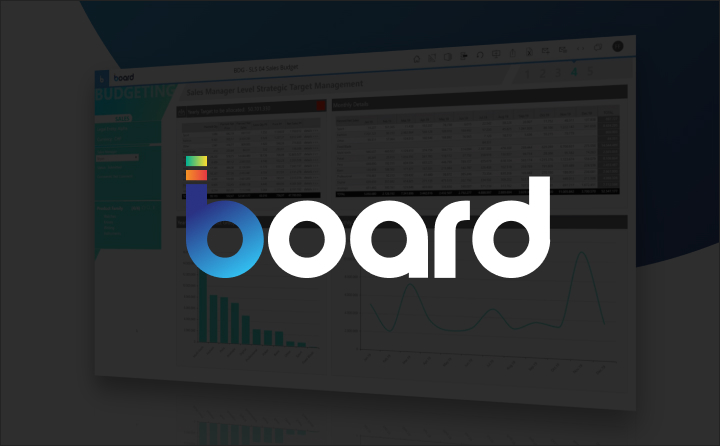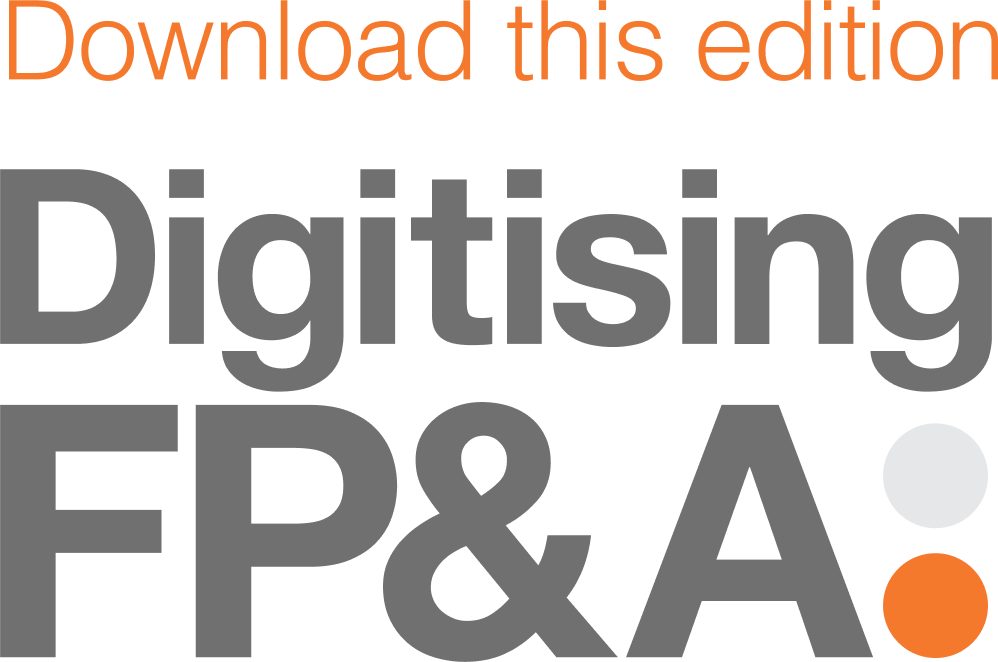19/10/13: So with some relief to us all, the US didn’t default on its debt but were you ready if it did? You can be assured the banks and most government regulatory bodies were. This blog will motivate you to be ready for the next global shock event – which will probably be a threat of US debt default in a few months time.
What are some likely affects of a US debt default?
- According to the RBA – a lift in the Aussie Dollar against the USD.
- Other reports indicate that stock markets around the globe will drop and general confidence in the global and most local economies would also drop.
Each of these changes will have a different impact on each industry. What is the likely impact on your industry, on your business, on your livelihood and the well being of your family?
How would you and your business react to these changes? How will your revenue be impacted and what changes do you need to make to your expenses in response?
Here are 2 steps you can take to navigate your way through a global economic shock event.
What-if analysis before the event
Now not all events are foreseen as a possibility. The US debt default is one but natural disasters, wars, climate events, illegal market manipulation are unforeseen events.
If an event is foreseen as possible, the best way to be truly prepared is to perform a what-if analysis across your entire organisation beforehand. Perform a what-if for each likely scenario. Include ranges for key assumptions if required, for example the AUD to USD exchange rate is between 1.00 and 1.10 could be one scenario and the same exchange rate between .90 and 1.00 could be another.
What-if analysis can typically be performed by a central function (Finance) by adjusting the assumptions and reviewing the impact on the P&L and Balance sheet.
A what-if analysis will help you be prepared for the likely changes to your business and allow you to make a plan. Will you need to let people go, cancel some marketing campaigns, redirect funds? The sooner you are prepared for these changes the better their execution will be and the impact on your business minimised or at least managed.
Re-forecast after the event
Once the event has taken place the exact impacts usually take some time to surface. After a period of time business managers, owners and executives will start getting a feel for how the shock event will impact their business. These impacts should be gathered and collated into a company-wide re-forecast. The forecast will confirm which plan from the what-if analysis you will follow.
The re-forecast will focus everyone on the present situation of the business and the companies plan to navigate through the event.
How is this achieved?
The key aspects of the 2 steps above are accuracy, consistency and timeliness.
Accuracy refers to the quality of information that is added to the what-if plan and the re-forecast. It has to be accurate at each level.
Consistency refers to using the same assumptions across the organisation and the same formulas.
Timeliness refers to being able to complete both steps as quickly as possible without having too great an impact on the daily operation of your business.
These aspects cannot be achieved by a spreadsheet based solution or a solution that requires specialist resources to make the necessary changes. You need a CPM solution that can be set up by the business very quickly and is easy to use ensuring the user community can complete their forecast quickly and accurately.
This can only be achieved by an easy to use, full featured CPM application. Adaptive Planning is one such application.
Please contact GK Horizons for more information about Adaptive Consolidation.









